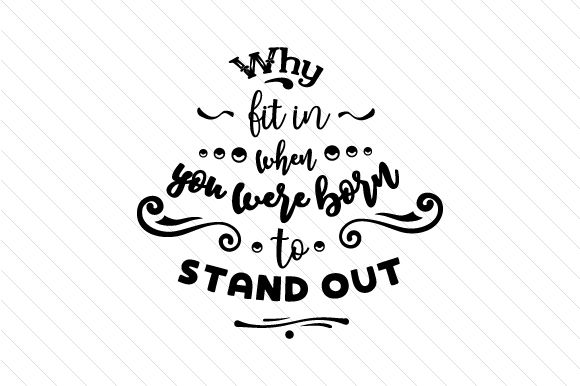Group Psychology - A Follower's Tale
Jul 20, 2019 • 136 views
Have you ever felt that a person acts differently in a certain social setting? His actions do not match with his thought processes. It’s as if he is a completely different person especially when he is in a group.
There is a very simple explanation. Humans are social animals and have an instinct to form social circles to exist in symbiotic harmony. Having social circles also nurtures a need to ‘fit in’. This drive to fit in everywhere often makes us conform our beliefs and morals to ensure that we stay within the circle.
When in Rome, do as the Romans do.
A very common saying which implies that we must act as the people around us do. Any kind of behaviour which is not in accordance to societal norms is considered crazy and thus the person might be expunged from society. This fear of expulsion often makes a person become a follower of a certain form of lifestyle.
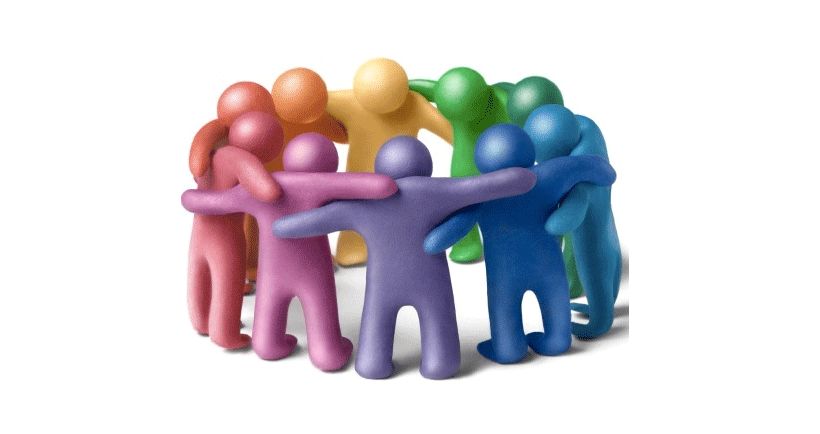
Group Psychology studies the various manners in which a group behaves and how they can influence and individual.
Here are some ways in which a person tries to fit into a group:
1.Conformity
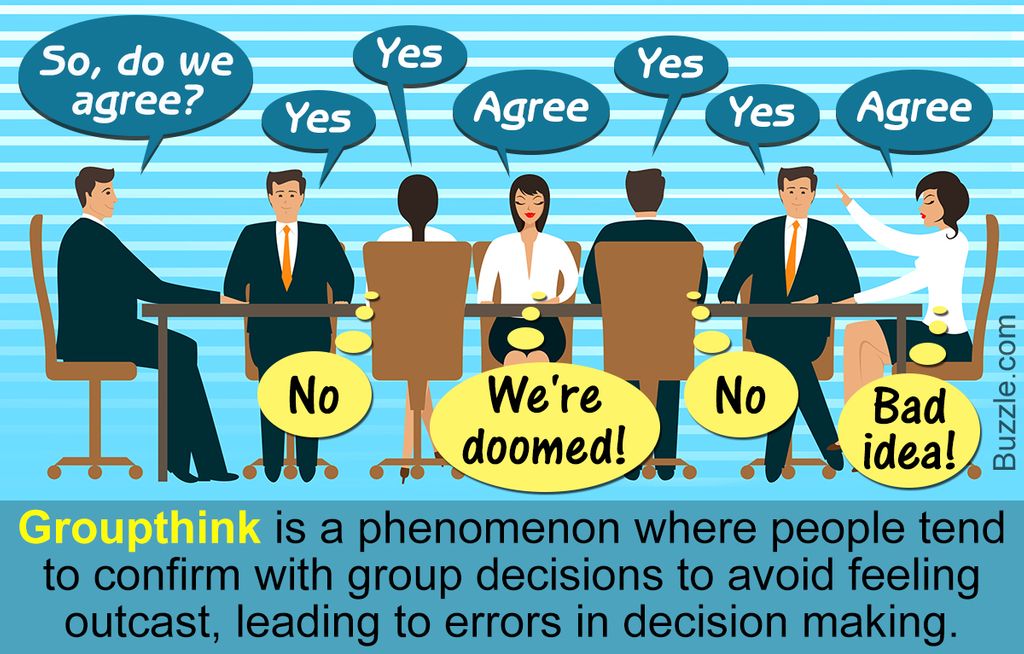
A person can be seen changing their behaviour, morals, attitudes and beliefs to ensure that it matches the group they are in. Common reason for this occurrence is the urge to always be right and to fit in. The extent of conformity in an individual is seen on three levels:
a.Compliance: Changes are restricted to outward behaviour and is temporary, i.e. only in the presence of the group.
b.Identification: The morals and beliefs of the person change temporarily and is seen in his actions.
c.Internalisation: Permanently changing the internal thought processes.
For example: A non-smoker is in a group of smokers. He might outwardly pretend to enjoy smoking though internally he hates it (compliance). He could smoke at that moment by justifying that smoking sometimes in harmless (identification). He might turn into a smoker himself (internalisation).
2.Group Polarisation
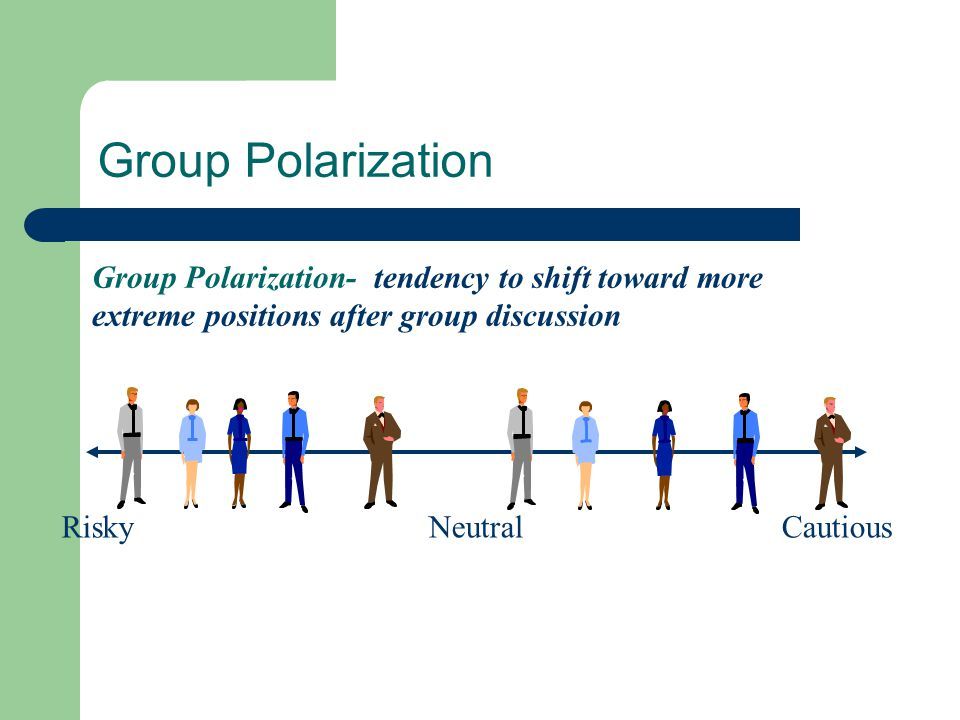
Sometimes while deciding for a certain situation, there is a tendency of multiple opinions to surface. However, the group tends to migrate towards most of the opinions, which may result in the intensity of the solution increasing by manifold. This happens due to most of the solutions receiving higher encouragement.
The best example of such a situation is racial discrimination. The amount of prejudice against a certain group is increased by manifold in the society if there are multiple members against said group.
3.Group Thinking
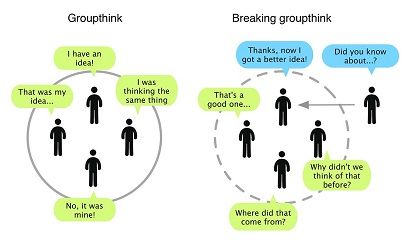
To maintain peace and harmony in a group, the members may show group thinking i.e. resorting to compromising on the rationality in decision making to maintain peace. The most famous example of this phenomenon is the Chernobyl incident. In order to reach success at a faster rate, the people became negligent and made irrational decisions resulting in the explosion of the reactor.

4.Deindividuation
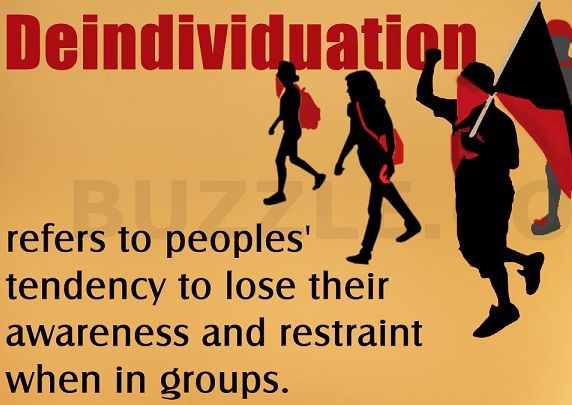
When a person is in a large group, he knows there will be a minimal focus on him and that gives him the encouragement to loosen his morals. He loses his individuality and starts following what turns into ‘mob mentality’. Riots are the most common places where mob mentality is seen as in such large groups it is difficult to pin the blame on a single person.
The urge to fit in often makes us lose our individuality and we end up being followers to a certain kind of belief. We need to realise that it is okay to be different. We all are unique as we should be. Its alright to have thoughts different from others if they aren’t detrimental to society. We have no obligations to fit into societal stereotypes. Being different doesn’t make you crazy, it makes you unique and rallying others to your cause makes you a leader. However, we need to understand that our actions must be for the greater good and not for immorality.
